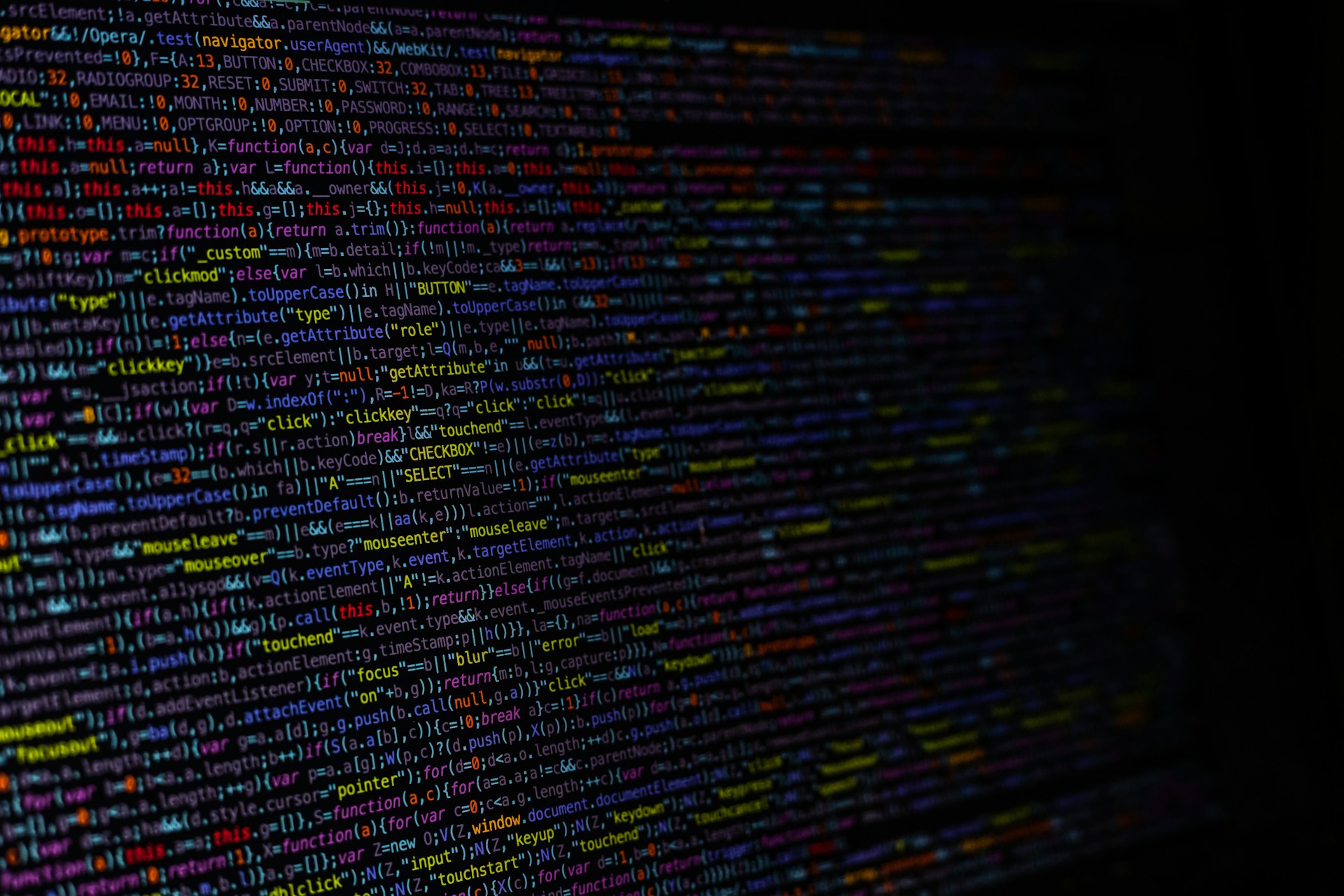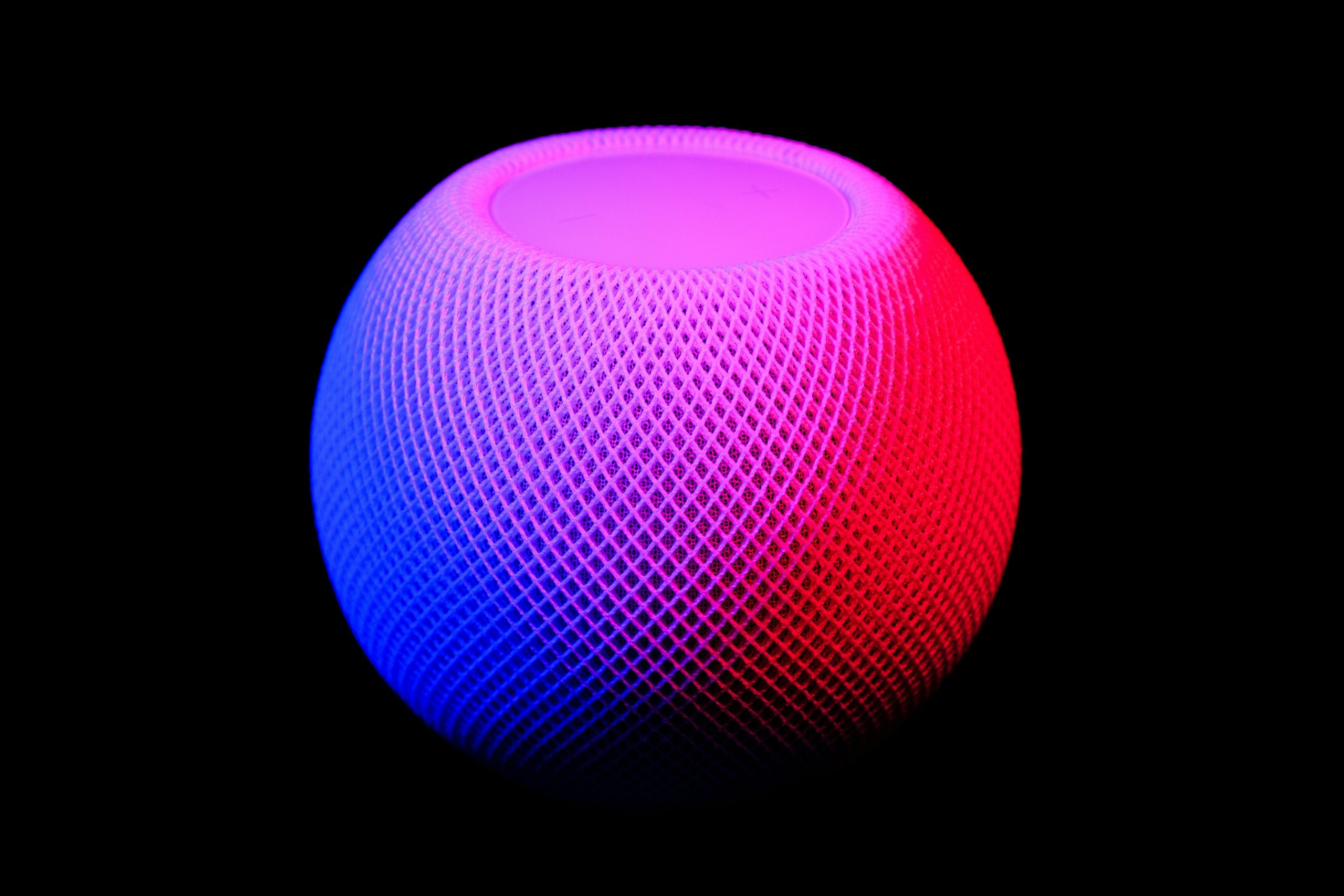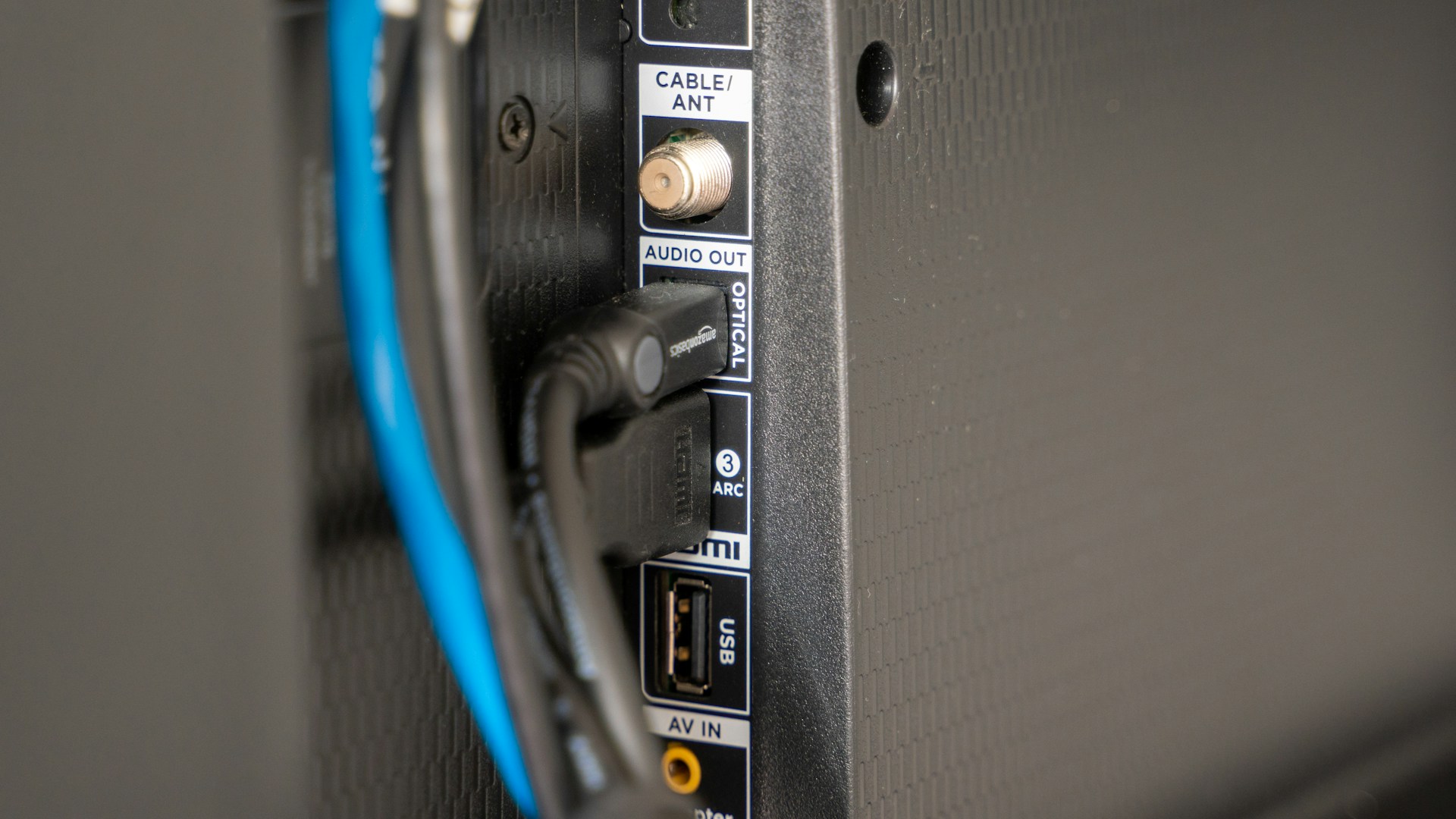In an era where technology seamlessly integrates into our daily lives, wearables have emerged as the next frontier, offering innovative solutions to enhance convenience, health, and connectivity. As we step into the future, several emerging trends are shaping the landscape of wearable technology, revolutionizing how we interact with the world around us.
Health Monitoring Beyond Fitness Tracking: While fitness trackers have been prevalent in the wearable market for years, the focus is shifting towards comprehensive health monitoring. Advanced wearables now offer features like continuous blood pressure monitoring, ECG measurement, and even blood glucose tracking, providing users with valuable insights into their overall health.
Smart Clothing: The integration of technology into clothing is gaining momentum, with smart fabrics and textiles revolutionizing traditional apparel. From biometric sensors woven into fabrics to clothing that adjusts its temperature according to environmental conditions, smart clothing is redefining comfort and functionality.
Augmented Reality (AR) Glasses: AR glasses are breaking new ground in wearable technology, offering immersive experiences beyond smartphones and tablets. These glasses overlay digital information onto the real world, opening up possibilities in gaming, navigation, education, and even professional fields like engineering and healthcare.
Wearable Payments: With the rise of contactless payments, wearables equipped with payment capabilities are becoming increasingly popular. From smartwatches to payment-enabled wristbands, these devices offer convenience and security, allowing users to make transactions on the go without the need for cash or cards.
Healthcare and Remote Monitoring: Wearables are playing a vital role in remote healthcare, allowing for continuous monitoring of patients outside traditional clinical settings. From wearable ECG monitors for cardiac patients to smart patches that track vital signs, these devices enable early detection of health issues and facilitate timely interventions.
Emotional and Mental Well-being: Wearables are now venturing into the realm of emotional and mental health, with devices designed to track stress levels, monitor sleep patterns, and even provide personalized mindfulness exercises. These technologies aim to promote holistic well-being by addressing not just physical but also emotional aspects of health.
Environmental Monitoring: Environmental sensors integrated into wearables are enabling users to monitor air quality, UV exposure, and pollution levels in real-time. This information empowers individuals to make informed decisions about their surroundings, whether it’s choosing the best route for outdoor activities or avoiding areas with poor air quality.
Personalized Experiences through AI: Artificial intelligence (AI) is enhancing the capabilities of wearables by enabling personalized experiences based on user behavior and preferences. Whether it’s recommending personalized workouts, optimizing sleep schedules, or providing tailored notifications, AI-driven wearables are adapting to users’ needs in real-time.
Fashion-Tech Fusion: Wearable technology is transcending its geeky image and merging seamlessly with fashion, thanks to collaborations between tech companies and fashion designers. Stylish wearables that blend fashion with function are becoming increasingly popular, appealing to consumers who prioritize both aesthetics and performance.
Energy Harvesting and Sustainability: As the demand for wearables grows, so does the need for sustainable power sources. Energy harvesting technologies, such as solar cells and kinetic energy harvesters, are being integrated into wearables to prolong battery life and reduce environmental impact.
In conclusion, the future of wearable technology is brimming with possibilities, from advanced health monitoring to immersive AR experiences and sustainable innovations. As these trends continue to evolve, wearables will not only enhance our lives but also redefine how we interact with technology on a daily basis. Whether it’s improving health outcomes, enhancing convenience, or fostering connectivity, wearables are poised to play a pivotal role in shaping the future of technology and human experience.
Wearable Assistants: Virtual assistants, such as Siri, Alexa, and Google Assistant, are increasingly being integrated into wearable devices, offering hands-free convenience and seamless connectivity. These assistants can perform tasks like setting reminders, sending messages, and controlling smart home devices, all with simple voice commands, making wearables even more indispensable in our daily lives.
Wearable Security: With growing concerns about data privacy and security, wearable technology is evolving to include robust security features. Biometric authentication, encrypted communication channels, and remote data wiping capabilities are becoming standard in wearable devices, ensuring that personal information remains protected against unauthorized access.
Hybrid Wearables: Blurring the lines between different types of devices, hybrid wearables combine the functionalities of multiple gadgets into one versatile device. For example, a smartwatch with built-in fitness tracking, GPS navigation, and communication features offers users a comprehensive solution without the need to carry multiple devices.
Gamification of Fitness: Wearable technology is leveraging gamification techniques to make fitness and physical activity more engaging and rewarding. Features like challenges, leaderboards, and virtual rewards motivate users to stay active and achieve their fitness goals, turning exercise into a fun and interactive experience.
Wearable Biometrics for Authentication: Biometric authentication methods, such as fingerprint scanning and facial recognition, are being integrated into wearable devices to enhance security and streamline user authentication. These biometric data can not only unlock devices but also authorize transactions and access sensitive information, offering a seamless and secure user experience.
Remote Learning and Training: Wearable technology is transforming how we learn and train by providing immersive and interactive experiences. Virtual reality (VR) headsets, for example, can simulate realistic training scenarios for professionals in various fields, from healthcare to aviation, allowing them to practice and refine their skills in a safe and controlled environment.
Healthcare Companion Robots: Wearable robots, also known as exoskeletons, are revolutionizing healthcare by assisting patients with mobility issues and enhancing the physical capabilities of healthcare workers. These robotic exoskeletons can help individuals with disabilities walk again and reduce the risk of injuries for healthcare professionals who perform physically demanding tasks.
Wearable Tech in Sports Performance Analysis: Athletes and sports teams are increasingly relying on wearable technology for performance analysis and optimization. Devices like smart shirts, which monitor biometric data such as heart rate and muscle activity, provide coaches and athletes with valuable insights into training effectiveness and injury prevention strategies.
Wearable Airbags for Safety: In high-risk environments such as construction sites and industrial settings, wearable airbag systems are being deployed to protect workers from falls and other accidents. These wearable devices detect sudden movements or changes in posture and deploy airbags to cushion the impact, reducing the risk of injury.
Wearable Tech for Accessibility: Wearable technology is empowering individuals with disabilities by enhancing accessibility and independence. From smart glasses that provide real-time visual assistance to hearing aids with integrated AI for speech enhancement, these devices are breaking down barriers and enabling people with disabilities to fully participate in society.
In summary, the future of wearable technology is incredibly diverse and dynamic, with innovations spanning across healthcare, fitness, security, entertainment, and beyond. As these trends continue to evolve, wearables will become even more integral to our daily lives, offering personalized experiences, improving safety and security, and empowering individuals to live healthier, more connected, and more fulfilling lives.
Wearable Technology in Agriculture: Wearable devices are finding applications in agriculture, helping farmers monitor crop health, optimize irrigation, and enhance overall farm efficiency. Sensors embedded in wearable gadgets can collect data on soil moisture, temperature, and crop growth, providing farmers with valuable insights to make informed decisions and maximize yields.
Wearable Tech for Sleep Improvement: Sleep tracking wearables are gaining popularity as people become increasingly aware of the importance of quality sleep for overall health and well-being. These devices monitor sleep patterns, analyze sleep stages, and provide personalized recommendations for improving sleep hygiene, ultimately helping users achieve better rest and wake up feeling refreshed.
Wearable Cameras for Lifelogging: Lifelogging wearables, equipped with small cameras and sensors, allow users to capture and document their daily experiences in real-time. Whether it’s recording memorable moments, tracking fitness activities, or documenting travel adventures, these wearable cameras offer a unique perspective on life and enable users to relive their memories with vivid detail.
Wearable Technology for Personal Safety: Wearable safety devices, such as smart jewelry and discreet panic buttons, are designed to provide users with peace of mind and immediate assistance in emergency situations. These devices can send distress signals to predefined contacts or emergency services, share location information in real-time, and even record audio or video evidence to aid authorities in responding to threats or incidents.
Wearable Tech for Aging Population: With the global population aging rapidly, wearable technology is playing a crucial role in supporting the health and independence of older adults. Devices like smartwatches with fall detection, medication reminders, and remote health monitoring capabilities enable seniors to maintain their autonomy and stay connected with caregivers, while also providing valuable insights for proactive healthcare management.
Wearable Gadgets for Pets: Wearable technology is extending its reach to the animal kingdom, with devices designed to monitor the health, behavior, and whereabouts of pets. From GPS trackers and activity monitors to smart collars with built-in health sensors, these wearable gadgets help pet owners keep their furry companions safe, healthy, and happy.
Wearable Tech for Environmental Conservation: Wearable devices are being deployed in conservation efforts to track and protect endangered species, monitor environmental changes, and combat illegal poaching and deforestation. GPS-enabled collars, drones equipped with environmental sensors, and smart tags embedded in wildlife are just a few examples of how wearable technology is contributing to conservation efforts around the world.
Wearable Gaming Devices: Gaming wearables are pushing the boundaries of interactive entertainment, offering immersive gaming experiences that blur the lines between the physical and virtual worlds. From motion-tracking suits and haptic feedback vests to VR headsets and augmented reality glasses, these devices enhance gameplay by engaging multiple senses and creating truly immersive gaming environments.
Wearable Tech for Disaster Response: In emergency situations such as natural disasters and humanitarian crises, wearable technology can play a critical role in disaster response and recovery efforts. Wearable sensors can detect environmental hazards, monitor vital signs of survivors, and facilitate communication and coordination among first responders, ultimately saving lives and mitigating the impact of disasters.
Wearable Tech for Personalized Nutrition: With growing awareness of the importance of nutrition for health and well-being, wearable devices are emerging as valuable tools for personalized nutrition management. From smartwatches that track dietary intake and hydration levels to wearable sensors that analyze biomarkers and metabolic data, these technologies enable individuals to make informed decisions about their diet and lifestyle based on their unique nutritional needs and goals.
As wearable technology continues to evolve and diversify, its impact on various aspects of our lives – from healthcare and fitness to entertainment and conservation – will only continue to grow. By harnessing the power of innovation and technology, wearables have the potential to empower individuals, enhance experiences, and address some of the most pressing challenges facing society today and in the future.
Wearable Tech in Education: Wearable devices are reshaping the educational landscape by providing immersive learning experiences and personalized instruction. Augmented reality (AR) glasses, for example, can overlay digital information onto real-world objects, allowing students to interact with virtual simulations and historical reconstructions. Additionally, wearable devices equipped with biometric sensors can monitor students’ engagement levels and cognitive performance, enabling educators to tailor their teaching strategies to individual learning styles and needs.
Wearable Tech for Remote Work: With the rise of remote work arrangements, wearable technology is becoming increasingly relevant in facilitating productivity and collaboration outside traditional office environments. Smart glasses equipped with video conferencing capabilities, for instance, enable remote workers to participate in virtual meetings and collaborate with colleagues in real-time, regardless of their physical location.
Wearable Devices for Personal Finance Management: Wearable technology is transforming the way people manage their finances by providing real-time insights into spending habits, budget tracking, and financial goal setting. Smartwatches and fitness trackers with integrated payment functionalities, for example, enable users to make secure transactions on the go and track their expenses effortlessly, promoting financial awareness and responsible money management.





